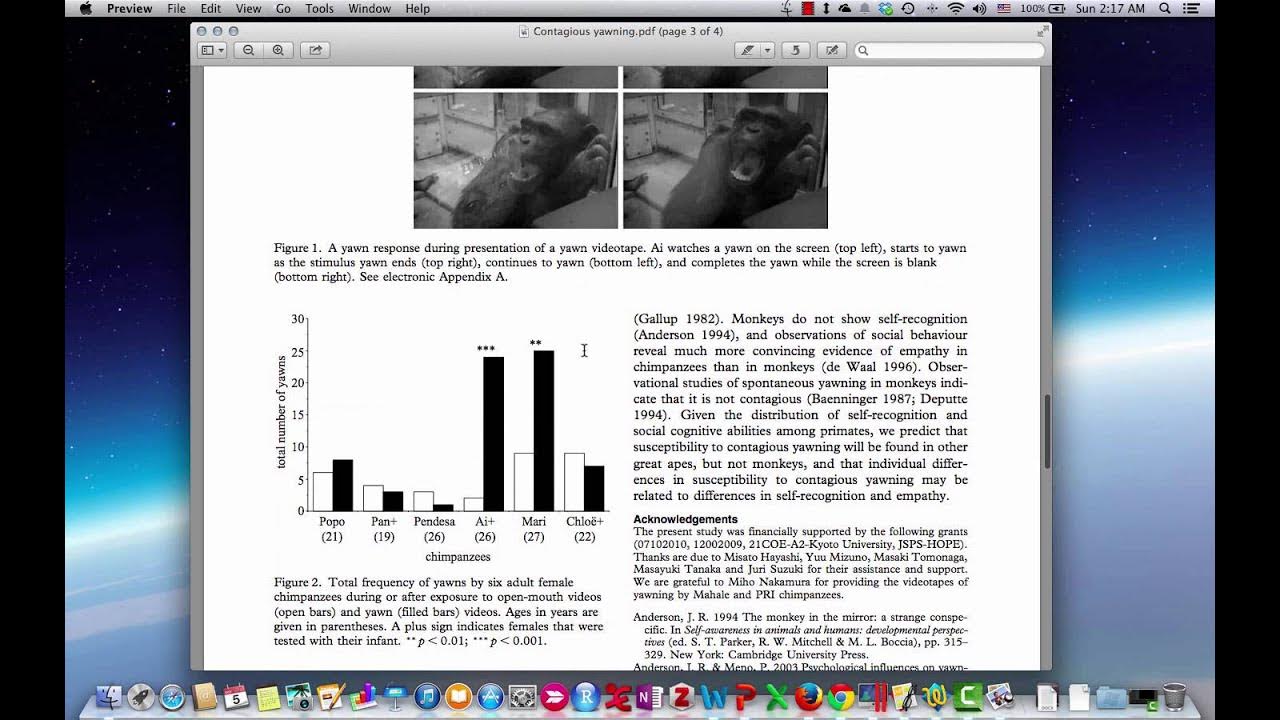How to present a research PAPER as PRESENTATION🔥
Summary
TLDRThis video guides viewers on how to effectively convert a research paper into a research presentation. It emphasizes focusing on key sections like results and discussion, offering a time breakdown for each section in a typical presentation. The importance of selective content inclusion, high-quality visuals, and a clean, simple slide design is also highlighted. Additionally, the video offers advice on delivering research presentations in a clear, conversational style, ensuring that the audience can easily understand complex concepts. Tips for mastering the art of research presentations and further learning opportunities are also mentioned.
Takeaways
- 😀 Research presentations should focus on your own work, not the literature review or introduction. Prioritize results and discussion.
- 🕒 For a 20-minute presentation: Spend 7-8 minutes on results and discussion, 3-4 minutes on introduction, 2-3 minutes on materials and methods, and 3-4 minutes on conclusion.
- 📉 Avoid overloading your slides with too much content. Only include the most important aspects of your research for the presentation.
- 📊 When including visuals like graphs, ensure they are explained and relevant to the discussion. Only add those that can be explained within your available time.
- 🎨 Use a simple and clean slide design with a coherent color theme, ensuring the graphics are of the highest quality to enhance your presentation's visual appeal.
- 📸 Don’t crop images from papers with their captions. Make sure captions are separate and relevant to the image context in your presentation.
- 📝 Keep text minimal on slides. Instead of copying paragraphs, convey key insights with concise text and support your points with visuals.
- 🔑 Label images or graphics to highlight the most important aspects so the audience can quickly grasp the key takeaways.
- 💬 When delivering a research presentation, simplify your language to ensure clarity. Use technical terms when necessary but keep the overall tone conversational.
- 🎤 Your responsibility as a presenter is to make sure the audience understands your information the first time, without needing to revisit your points.
- 🎓 Consider learning more about PowerPoint design techniques, confident delivery, and poster creation for conferences to master the art of research presentations.
Q & A
What is the main purpose of converting a research paper into a research presentation?
-The purpose is to effectively communicate the key findings of a research paper to an audience in a more accessible and visually appealing format. Unlike a research paper, a presentation is designed to be concise and engaging, focusing on results and discussion.
Why is the abstract not included in a research presentation?
-The abstract is a summary of the entire research paper, and the research presentation itself is already an extended version of that summary. Including the abstract would be redundant.
How should time be allocated during a 20-minute research presentation?
-For a 20-minute presentation, the time allocation should generally be as follows: 7-8 minutes for results and discussion, 3-4 minutes for introduction, 2-3 minutes for materials and methods, and 3-4 minutes for conclusion and future scope.
What is a common mistake people make regarding time allocation in research presentations?
-A common mistake is spending too much time on the literature review or introduction. Instead, the focus should be on the results and discussion section, which showcases the work done by the presenter.
How should the content of a long research paper be handled in a short presentation?
-In a short presentation, you should only include the most important information: key findings, essential methods, and the most relevant literature. Anything extra or too detailed can be omitted.
What mistake should be avoided when including graphs or images in a presentation?
-You should avoid including graphs or images that you don't plan to explain. If you can't explain the content of a graph or image within the allotted time, it’s better to leave it out.
What is the best way to design slides for a research presentation?
-The slides should have a simple, clean template with a consistent color scheme. High-quality visuals, such as images, graphs, and diagrams, should be used to convey information clearly and attractively.
Why should text be minimized on research presentation slides?
-Text-heavy slides are difficult for the audience to read quickly. Instead, the key insights should be shared through concise text and high-quality visuals, making the presentation easier to follow.
What is the advantage of using labeled images or diagrams in a research presentation?
-Labeled images and diagrams help the audience quickly understand the most important takeaways. The labels direct attention to the key elements of the visuals, improving comprehension and engagement.
How should the language be adapted when delivering a research presentation compared to writing a research paper?
-While research papers often use complex language, a research presentation should be delivered in simple, clear, and conversational language. The technical terms should still be used but in a way that is easy to understand for the audience.
Outlines

Cette section est réservée aux utilisateurs payants. Améliorez votre compte pour accéder à cette section.
Améliorer maintenantMindmap

Cette section est réservée aux utilisateurs payants. Améliorez votre compte pour accéder à cette section.
Améliorer maintenantKeywords

Cette section est réservée aux utilisateurs payants. Améliorez votre compte pour accéder à cette section.
Améliorer maintenantHighlights

Cette section est réservée aux utilisateurs payants. Améliorez votre compte pour accéder à cette section.
Améliorer maintenantTranscripts

Cette section est réservée aux utilisateurs payants. Améliorez votre compte pour accéder à cette section.
Améliorer maintenantVoir Plus de Vidéos Connexes

TUTORIAL MENGGUNAKAN VOSViewer UNTUK PEMETAAN, VISUALISASI DAN EKSPLORASI PADA PENELITIAN

Technical Terms in Research || GRADE 10 || MELC-based VIDEO LESSON | QUARTER 4 | MODULE 1

Finding online sources for your research paper

How To Write A Critical Essay | Critique A Research Paper Template

How to write a scientific paper

#2 How to Write the Introduction Paragraph of a Research Paper?
5.0 / 5 (0 votes)
